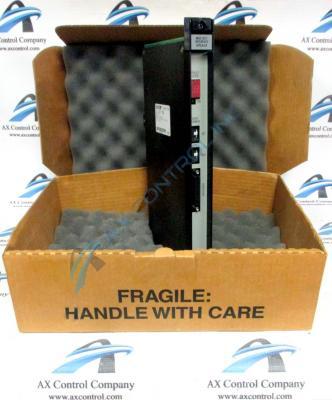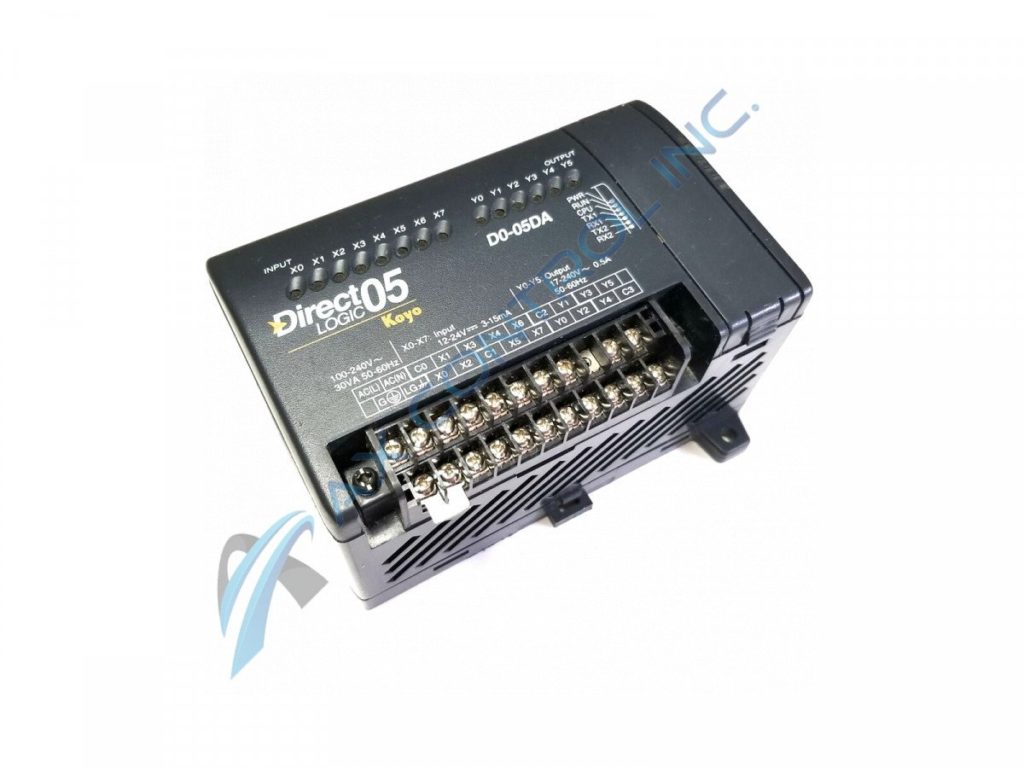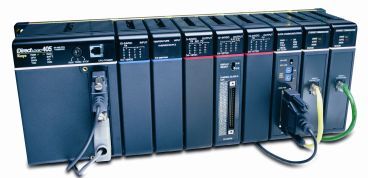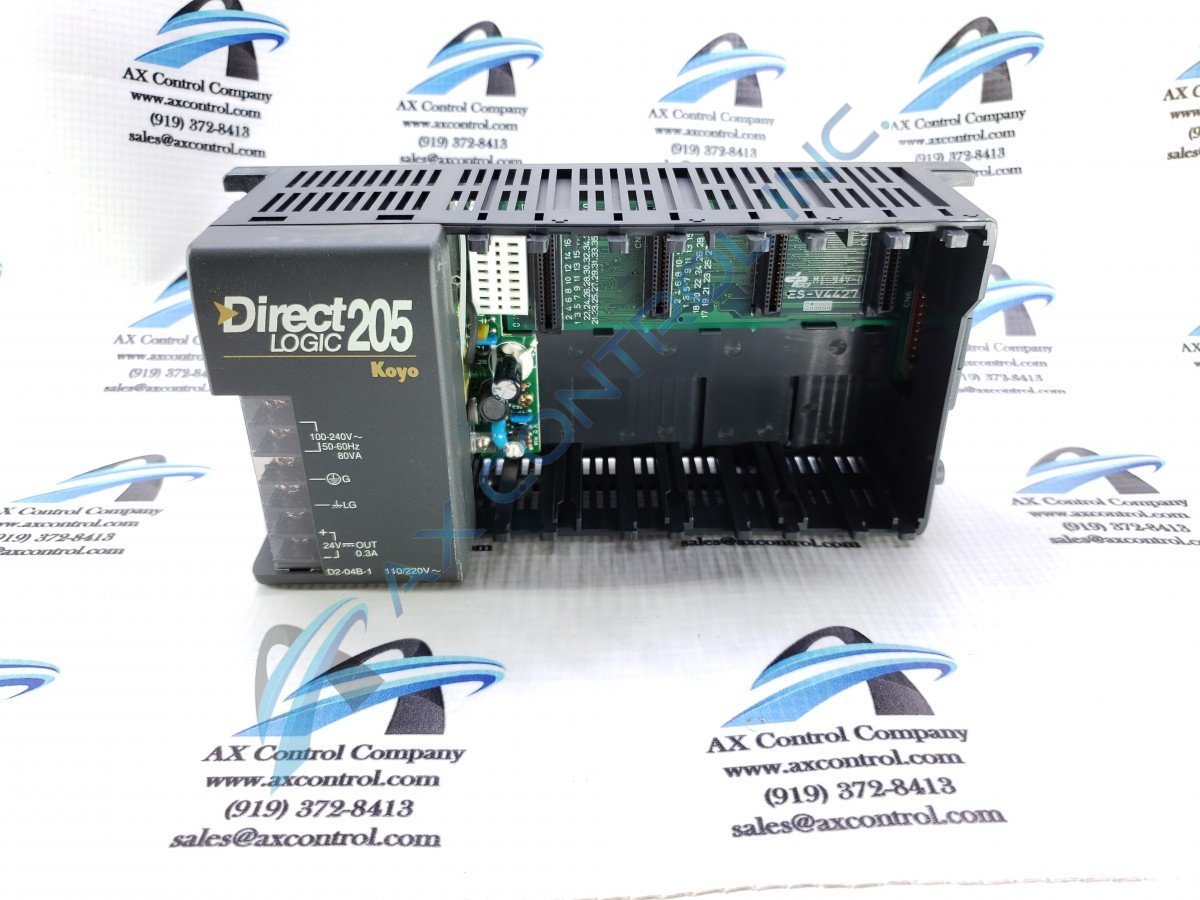When you’re running a modern factory, you have many machines that need to communicate with each other. These conversations occur over communication protocols that integrate with whatever native ‘language’ the machines speak. However, communications must translate each language to allow other networked devices to understand them. Modbus is one of the protocols that allow this communication to occur.
What is Modbus?
This is the oldest and most popular of these communication protocols. Published by Modicon in 1979, it was originally used with the company’s programmable logic controllers or PLCs. But Modicon developed Modbus as an open protocol. Anyone could use them for free without licensing. Since its original development many software vendors, manufacturers, and other groups/organizations have supported the protocol.
The communication protocol uses serial lines to send data between devices. This is as simple as a single serial cable connected to serial ports on a Master device and a Slave device. Data moves at 9600 baud (bits per second) as series of zeroes and ones. Each zero or one is a single bit. Data follows regular patterns so 8 bits identifies as a larger byte.
Modbus is a type of SCADA (Supervisory Control and Data Acquisition) automation protocol. It is now owned by Schneider Electric. It is used to help devices and equipment communicate by providing a common language all can understand. This allows for different nodes on the network to interact with request/response type messages.
What Are Modbus Communication Protocol?
The original Modbus interface used serial RS-232 communication. However, as the technology developed, options expanded to include serial RS-485, serial RS-422, and Ethernet. Formatted Ethernet packets embed Modbus messages inside, creating versatile setups. Additionally, networks designed with mixed drops can run different protocols altogether. For example, a single network could run three drops, one using MB Ethernet TCP/IP, another MB RS-232, and a third MB RS-485.
Continue reading “Modbus: An Introduction to the Protocol”





You must be logged in to post a comment.